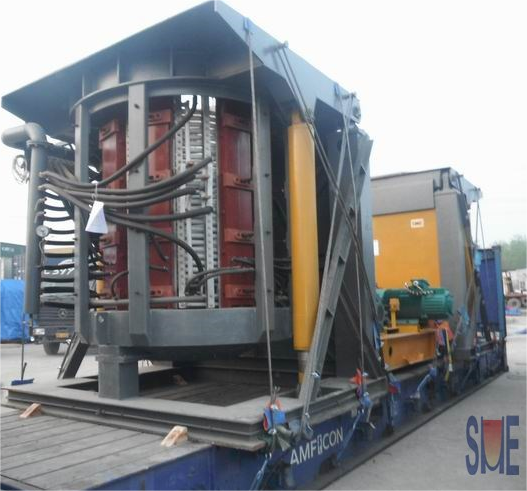Metal composite plates are used in petrochemical, coal chemical, fluorine chemical, fine chemical, acetic anhydride, PTA, chlor-alkali, salt production, metallurgy, medicine, electric power and many other fields. Composite plates are made of a base layer (e.g. carbon steel) combined with a laminate layer (special corrosion resistant or other precious metal materials) and can be hot pressed, cold bent, cut, welded and other processes.
The base material of the metal composite plate can be Q235B, Q345R, Q345B, 15CrMoR and other ordinary carbon steel and special steel. Cladding materials include stainless steel, titanium alloys, super stainless steel, nickel-based alloys, copper and aluminium sheets.There are two main methods of industrial production of metal composite panels: explosion lamination and hot-rolled lamination.
Explosive composite plate production process is the composite layer overlap on the substrate, composite layer and the substrate spaced out between a certain distance. Composite layer on top of the flat lay explosives, ignition of explosive - explosive energy, so that the upper layer of composite high-speed impact on the substrate, the instantaneous generation of high temperature and pressure so that the interface between the two materials to achieve solid-phase metallurgical welding bond. Explosive composite is not suitable for the production of thin composite steel plate thickness.
Hot-rolled composite plate process is to the substrate and composite layer in a physically pure state, the use of thick plate rolling mill or hot rolling mill rolling production. In the rolling process the two metals diffuse to achieve a complete metallurgical bond. To improve the bond strength, some physico-chemical treatment of the interface is required. The hot rolling process enables the production of composite plates on a high efficiency scale, at low cost and with a large product width.
